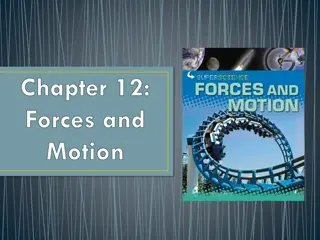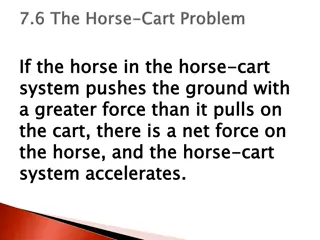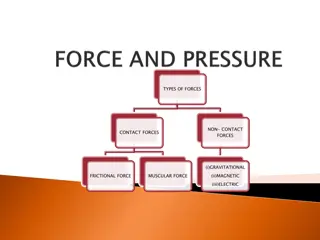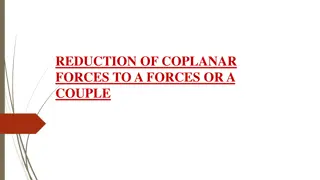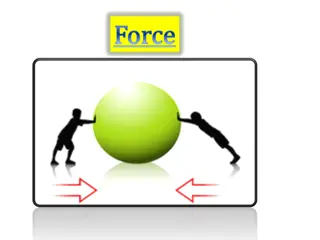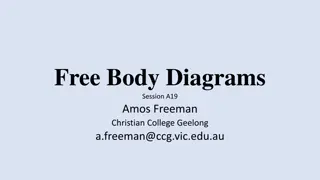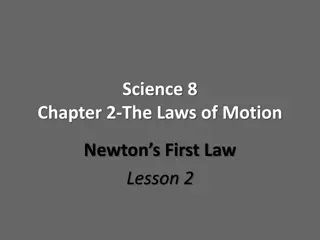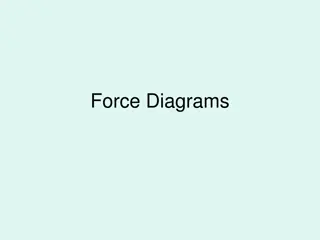
Understanding Forces and Free Body Diagrams
Explore the concept of forces and free body diagrams in physics, including Newton's 2nd law, dissecting FBDs, and friction types such as static and kinetic. Learn how to identify forces and their directions in various scenarios and calculate factors like skid marks and minimum force for friction.
Download Presentation

Please find below an Image/Link to download the presentation.
The content on the website is provided AS IS for your information and personal use only. It may not be sold, licensed, or shared on other websites without obtaining consent from the author. If you encounter any issues during the download, it is possible that the publisher has removed the file from their server.
You are allowed to download the files provided on this website for personal or commercial use, subject to the condition that they are used lawfully. All files are the property of their respective owners.
The content on the website is provided AS IS for your information and personal use only. It may not be sold, licensed, or shared on other websites without obtaining consent from the author.
E N D
Presentation Transcript
PH201: Recitation Week 5
Forces and Free Body Diagrams Newton s 2ndlaw: ????= ???? A Free Body Diagram (FBD) is a visual representation of Newton s 2ndlaw. A Free Body Diagram should indicate Direction of net force and hence the acceleration of the center of mass A Free Body Diagram should include All forces needed to represent the direction of net force accurately. Force notation used will include both superscripts and subscripts. For example ?12 ???? ?is interpreted as the Normal force of object 1 acting on object 2.
Dissecting Free Body Diagrams Identify the forces acting and their directions for the given object in each situation, and then construct the FBD for the given object A baseball player is sliding into second base. A jet plane is speeding down the runway during takeoff (Do not ignore air resistance). You slam on your breaks while driving to avoid hitting the car in front of you. What are the forces acting on your car? You pinch a book between your thumb and fore finger, holding the book so it doesn t slide to the floor.
Friction: Both Static and Kinetic ???= ?? ?? Always true for objects sliding under the influence of friction ???= ?? ?? Only true for the case of maximum force of static friction!!! This is the case where if the force of friction were slightly greater the object would slide under the influence of kinetic friction.
Friction A 1000 kg car traveling at a speed of 40 m/s skids to halt on wet concrete where ??= 0.60. How long are the skid marks? Challenge: How far would the car have travelled if the breaks were applied at the limit of skidding (Such that if the breaks were applied with a little more pressure the car would skid) (??= 0.65)? If the coefficient of friction between your fingers and a 1 kg book is ??= 0.80, what is the minimum force you can pinch with in order to keep the book from sliding between your fingers?

